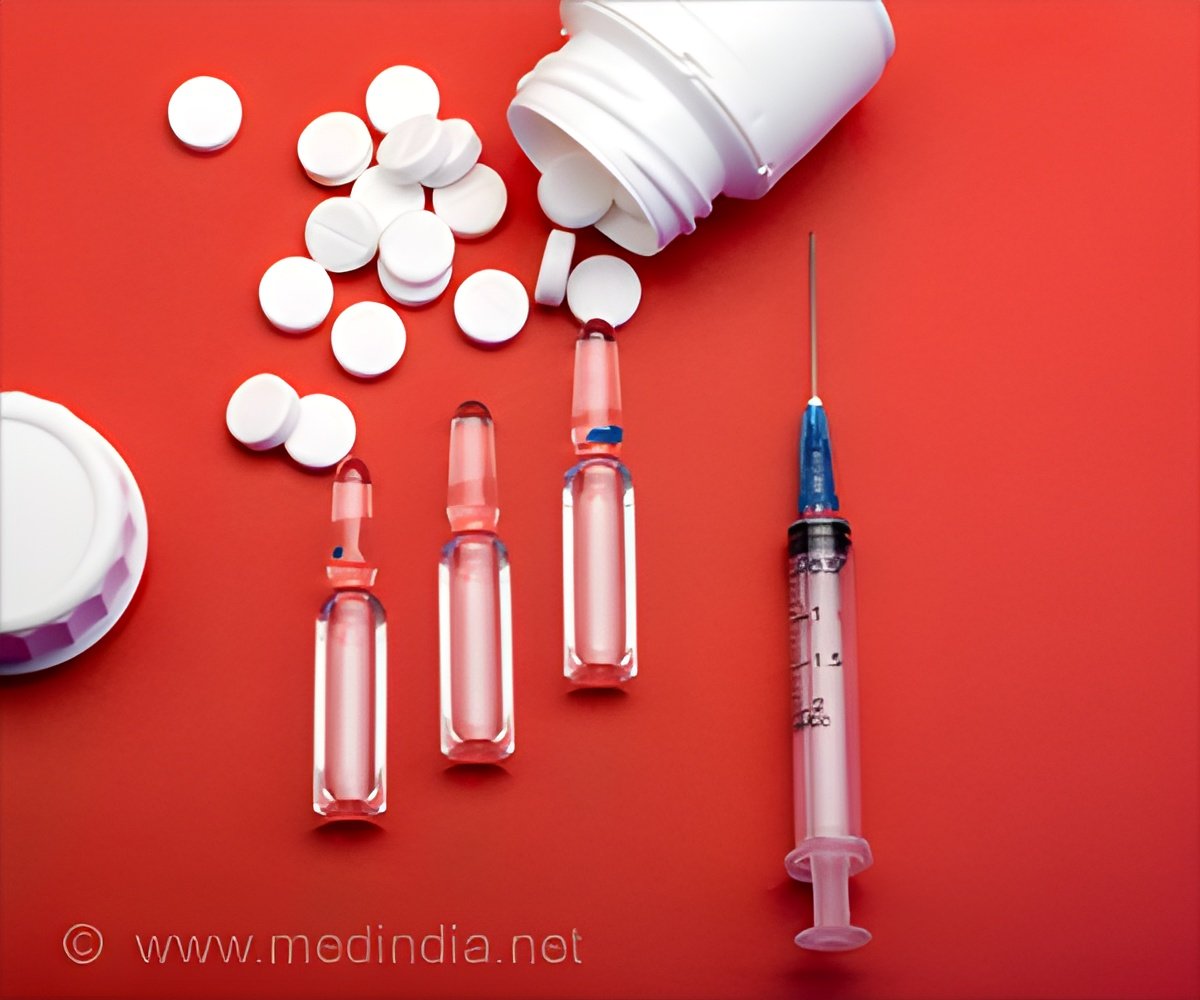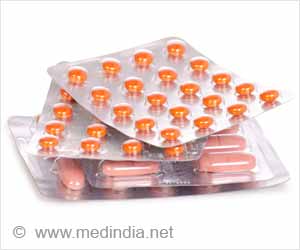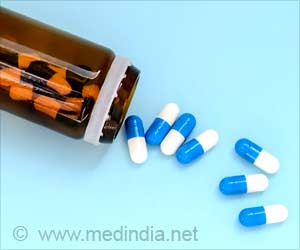Ideas that Henry Ford taught a century ago about the advantages of continuous mass production are finding their way into the manufacture of one of the few remaining products still made batch-wise.

The meeting, which just opened and continues through Thursday, includes almost 7,000 presentations on new advances in science and other topics, and a large exposition of scientific instruments and other products. Thousands of scientists and others are expected to attend the sessions, in the Indiana Convention Center and downtown hotels.
"The difference between batch and continuous processing is somewhat like the difference between a ferry boat and a bridge for getting cars and people across a river," explained Bret E. Huff, Ph.D., who is with Eli Lilly and Company here in Indianapolis. "A ferry moves cars across a river one batch at a time. A bridge provides a continuous flow of cars across the river. A bridge is typically open, with the flexibility to meet demand, without having a line-up of cars waiting for the next trip across."
In the traditional approach for producing medicine, a batch of ingredients would typically undergo a series of batch-wise reactions with isolation of solid intermediates before finally being isolated and drummed into bulk containers. The active pharmaceutical ingredient then moves on to the next step, processing into a granular form, followed by collecting into bulk containers. The processing continues through drying and other stages before being compressed into tablets and coated.
Huff pointed out that small amounts of the ingredients inevitably are lost and wasted at each step, with other inefficiencies taking their toll. And it may take days or weeks to finish each batch of medicine.
In continuous processing, in contrast, the individual batch steps occur continuously, as the ingredients move through the production process in assembly-line fashion. Quality-control testing and other monitoring are not necessarily separate operations done at the end of production of each batch, but can be fully integrated into the continuous-flow operation.
Advertisement
The pharmaceutical industry has continued to use traditional production methods for a number of reasons, Huff said. In the past, for instance, the technology did not exist to continuously produce drugs along a production line to ensure quality and purity. Pharmaceutical companies lacked experience with continuous processing and faced the capital costs of redesigning production lines. The U.S. Food and Drug Administration, however, has been assuring companies that there are no scientific, regulatory or other hurdles to adopting continuous processing. And the approach has many benefits, including reduced costs of making medicines, faster production and greater flexibility to tailor production to demand.
Advertisement
"By early next year, Eli Lilly and Company will have installed and demonstrated four different continuous-processing platforms," Huff said. "Currently, almost all of our potential medicines that are in development have continuous-processing steps in place."
Huff's talk was among hundreds of presentations that will connect with the ACS meeting theme, "Chemistry in Motion." The theme presentations will showcase contemporary research and future technologies likely to transform transportation and other areas of life in the 21st century. Topics range from biofuels and alternative energy to lightweight materials and new ways of reducing the effects of friction, which impacts fuel economy.
Source-Eurekalert











